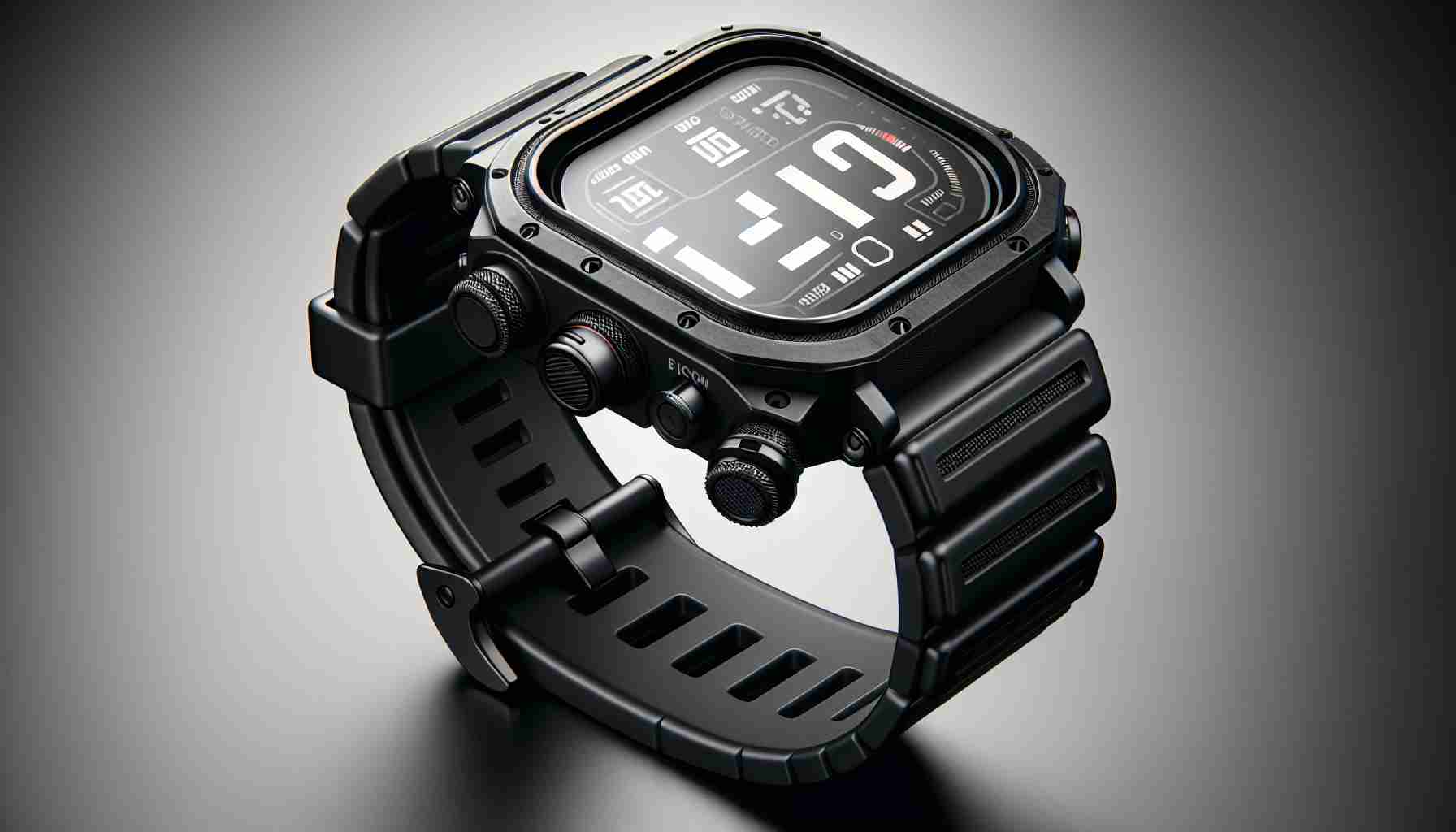Innovative Technology Enhances Storm Prediction Efforts
Researchers at MIT have pioneered a groundbreaking method to visualize the impact of hurricanes before they strike, aiming to aid in community preparedness and evacuation decisions. By cleverly merging generative artificial intelligence with a physics-based flood model, the team has created realistic satellite imagery depicting potential flood scenarios in storm-prone regions.
A Closer Look at Houston
As a practical application of their technology, scientists applied this method to Houston, generating images that illustrate how the city might look post-storm, specifically after an event similar to Hurricane Harvey in 2017. The researchers meticulously compared these AI-generated images with actual satellite visuals from post-Harvey conditions, revealing that their physics-informed approach outperformed traditional generative techniques, which sometimes produced unrealistic flood patterns.
A Tool for Enhanced Decision-Making
The team envisions a tool that could be utilized shortly before a hurricane’s arrival, providing intuitive visuals to help residents better understand their risks. They believe that by presenting compelling imagery alongside existing evacuation strategies, the method could motivate timely action among those at risk.
The Way Forward
To ensure broader applicability, the method requires additional training with various regional satellite images. This innovative research, detailed in the journal IEEE Transactions on Geoscience and Remote Sensing, represents a significant advance in disaster preparedness technology, combining modern AI capabilities with critical environmental science to foster community resilience in the face of climate change.
Revolutionizing Disaster Preparedness: The Future of Hurricane Prediction
Turning Technology Into Effective Community Strategies
Recent advancements in hurricane prediction technology raise questions about their broader impacts on various aspects of society. As researchers continue to innovate, understanding how these tools can be integrated into community preparedness is essential. Innovative forecasting models, like the ones developed at MIT, do not only enhance individual readiness but can also transform regional risk management and public policy.
Understanding the Social Implications
The introduction of realistic flood visualization tools could change the dynamics of community engagement during hurricane seasons. Historically, communities that have experienced significant flooding, such as New Orleans and Puerto Rico post-Hurricane Maria, have struggled with timely evacuations due to misinformation or complacency. By providing visually compelling and accurate depictions of possible future scenarios, residents may be more inclined to heed evacuation notices and prepare appropriately. This could drastically reduce loss of life and economic devastation.
Impact on Emergency Services and Infrastructure
With the ability to predict flood scenarios better, local governments and emergency services can allocate resources more effectively. Predictive models can help identify which neighborhoods face the greatest risk, allowing for targeted measures such as preemptive sandbagging or the establishment of emergency shelters. However, the reliance on technology can also lead to a false sense of security, where communities may underestimate the severity of a storm when relying on predictions.
Controversies and Challenges
Despite the promising benefits of such technological advancements, there are controversies to address. The accuracy of artificial intelligence in predicting natural disasters is still a matter of debate. If generated images lead to public skepticism, particularly if predictions fail to match real-life outcomes, the credibility of science and research may wane, leading to greater chaos in emergency response. Furthermore, the technology can be costly, and not every community has access to advanced tools, potentially widening the gap between affluent and less fortunate neighborhoods regarding disaster preparedness.
Questions and Answers
– How can this technology be effectively communicated to the public?
The success of these tools depends largely on clear, accessible communication. Government agencies can utilize social media and community workshops to educate residents on the significance of the visualizations and the actions they need to take.
– What is the role of policy in implementing these technologies?
The application of advanced prediction models should be paired with updated public policies. Local and state governments must integrate these tools into disaster preparedness plans, ensuring that funding, training, and resource allocation align with the new methodologies.
– Are there economic implications of enhanced hurricane predictions?
Absolutely! Better preparedness can lead to significant reductions in rebuilding costs, business interruptions, and loss of productivity. Communities that prioritize technology adoption in their disaster plans may find they recover more quickly than those who do not.
Conclusion
As communities worldwide grapple with the growing threat of severe weather events exacerbated by climate change, innovations in disaster prediction like the MIT storm model could prove vital. While there are both advantages and disadvantages to implementing such technologies, their potential to save lives and minimize damage cannot be overlooked. The path forward will depend on collaborative efforts among scientists, officials, and the public to embrace and effectively utilize these advancements, fostering a resilient society prepared for the challenges of tomorrow.
For further insights into technology’s impact on disaster preparedness visit MIT and explore emerging research trends.












